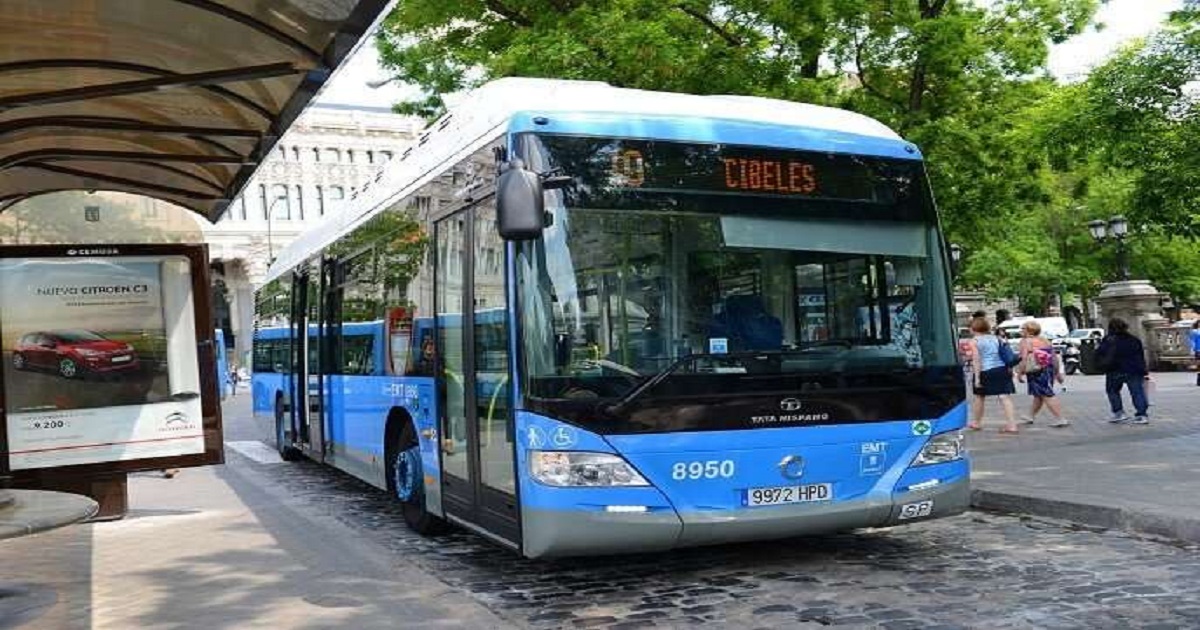Big Data enables better urban transport networks

How can Big Data help provide a better public transport experience in Europe?
María J. Arguelles: Smartcard ticketing systems currently available in many cities' public transport systems enable a vast amount of data. These datasets reflect how people behave, which in turn means it is possible to assess their transport needs and provide an accurate picture of their habits, either as groups (based on fare types, such as student, elderly, etc.) or at an individual level. Thanks to Big Data analytics, we can adapt public transport to these needs, plan new services, minimise walking time, etc.What have been the shortcomings of attempts to use this data so far, and how does your software stand out in this regard?It is important to clarify that Big Data brings great complexity to transport because of something inherent to it: what is commonly defined as the '5 Vs' (volume, velocity, veracity, variety and value).For example, a large amount of data volume implies large storage capacity. We can't forget that cities like Madrid, for example, generate almost 500 million trips per year, and around 1.2 billion for the whole of the greater Madrid area which is almost as many as in Istanbul.The variety dimension involves datasets generated from different sources such as bus validators or mobile phones, while veracity highlights the importance of quality data and the level of trust. To complicate the picture even more, the fact that transport records are related to geographical locations means that we are dealing with data with a spatial component, or Spatial Big Data.To overcome those difficulties, SIADE SaaS has been designed as a core-GIS development, merging the spatial nature of data with advanced data analytics methodologies.